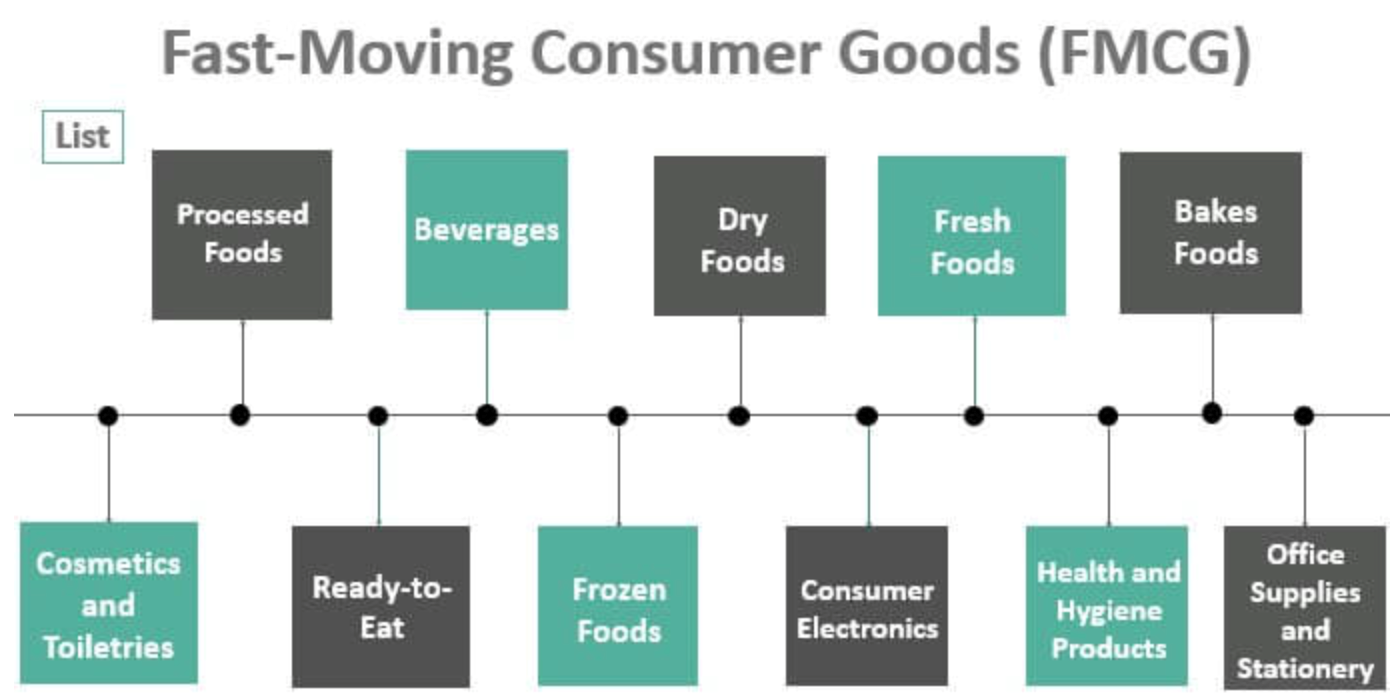7667766266
enquiry@shankarias.in
Recently, in a surprising turn, FMCG stocks saw an uptick even as the broader market faced a downturn.

|
Status of FMCG Sector in India |
|